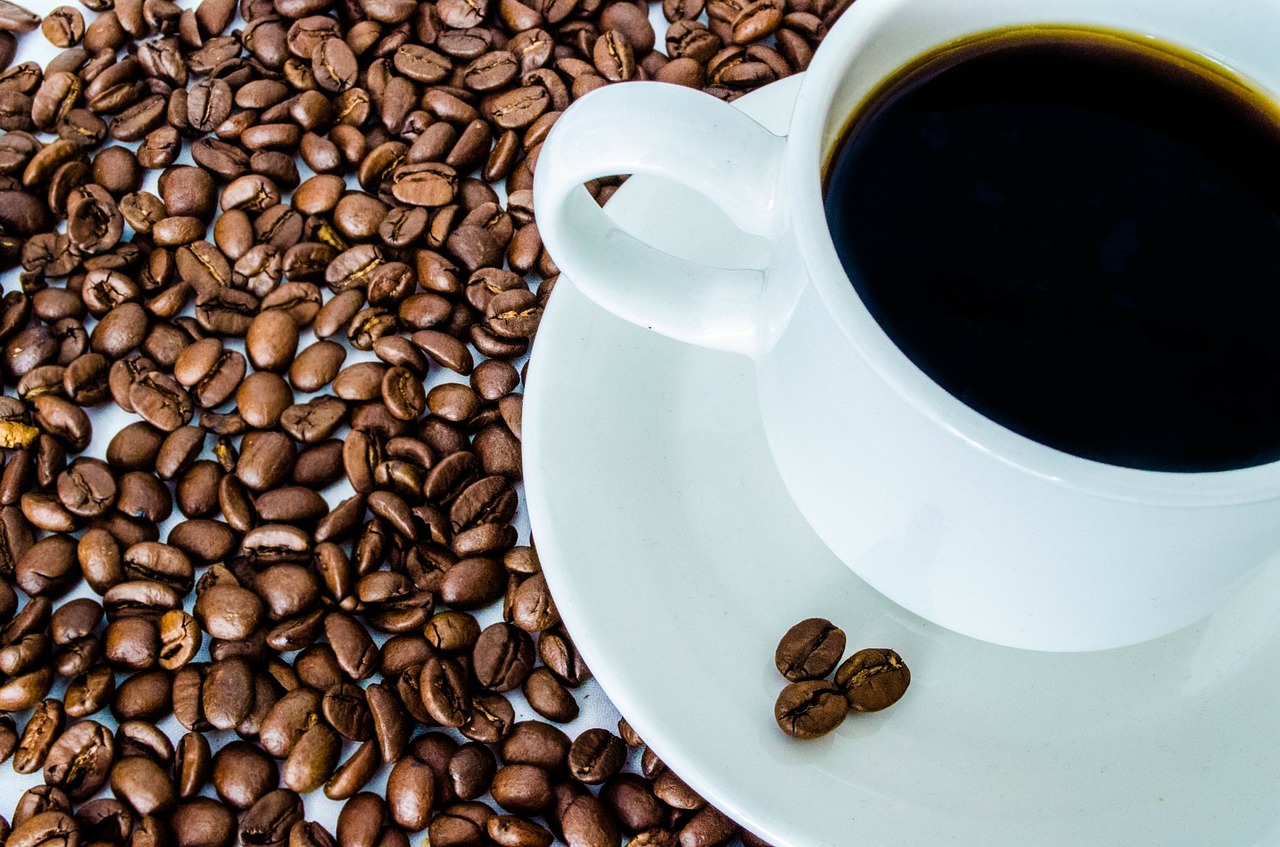Okay folks, small blog update before I get into this one.
I started a new job this week.
I’ve transitioned from being a freelance writer on the side, to being an actual, full-time, writer and editor for a well known marketing company. This is awesome.
In lieu of the big changes happening in my life, I thought it was time to take a gander at the Difference Between category on this blog – the one I post in the most frequently.
I started this blog in April of 2013. (Three year anniversary!) My first Difference Between post was in July of 2013, on Russian dressing and Thousand Island dressing. I’ve done a Difference Between post once a week, with few exceptions, for two years and nine months.
And I think it’s time to switch it up.
I have an idea of what I want to take my once-a-week post place, but I’m not sure enough to announce it just yet.
In the meantime! Feel free to continue emailing me with Difference Between post ideas, because I’ll probably pick it up at some point.
Here’s the last Difference Between post for awhile: coffee versus decaf coffee.
You may have asked yourself – is there really no caffeine in decaf? How can they get all the caffeine out of the coffee beans?
Well, they can’t really. There is a little bit of caffeine left in decaf coffee. In fact, the USDA requires decaf coffee to be 97% caffeine-free.
To back up for a second, caffeine of course is a substance extracted from coffee beans (or tea leaves). It is a stimulant that results in wakefulness and “mental excitement” in the user. It can also cause nervousness and high blood pressure, but it’s generally considered to be safe in moderate amounts – like many things in life.
Coffee beans can be stripped of their caffeine in a few different ways – which you can read about in detail here – but they’re always stripped when in the green state, and moistened.
The idea is to get rid of the caffeine while keeping the other chemicals in tact – this is hard to do, and is probably responsible for why many people feel decaf can’t stand up to the real thing.
So in short…decaf coffee is at least 97% caffeine-free, while regular coffee has a lot more than that. Exactly how much more can vary.
